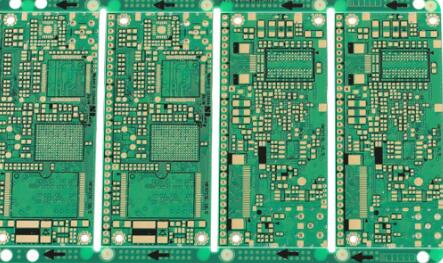Signal attenuation in high-speed PCB circuit design is a headache. As a circuit design engineer, signal attenuation should be reduced when wiring. This paper mainly introduces the method of reducing signal attenuation in high speed circuit design, hoping to help you.
First, reduce the reactance path
In high-speed circuit design, the grounding layer is divided into digital and analog sections, but the two sections should be connected close to the power supply to provide a short reactance path. At the same time, placing the circuit ground through hole fence around the high-speed power plane produces good suppression because it produces two dissimilar radiators.

Two, ensure the integrity of the power supply
High-speed circuit design with a high-speed ground, so as to prevent analog circuit and digital circuit to high-speed circuit part of interference and radiation. If the number of layers allows, place the high speed power plane between the two ground planes. This will separate the high speed power plane from the ground plane on the board.
Three, ensure impedance consistency
In high-speed circuit design, it is better to make high-speed circuit as short as possible because high-speed signal will produce transmission line effect in shorter circuit. Impedance control is used on the board to ensure that the wiring has a consistent impedance across the board.
Four, pay attention to the hole
High-speed circuit design, to minimize the number of holes used. Because each through-hole adds impedance to the wiring, it is difficult to design the through-hole so that it has a specific impedance to match the wiring. Any through hole should be reversed to prevent signal resonance, and extra care should be taken to ensure that the reverse drill on the differential pair is symmetrical. If a through-hole must be used on a high-speed line, the option is to use two through-holes in parallel to prevent impedance changes. This has two advantages: 1. It reduces the additional impedance of the line; 2. The total impedance of the two through holes in parallel is reduced, thus increasing the low resonant frequency of the through hole to the signal.
Five, the use of surface mount components
For high-speed signal design, surface mount components are used. Because a through-hole assembly is used, the remainder of the component pin creates another source of signal reflection, which causes signal attenuation.